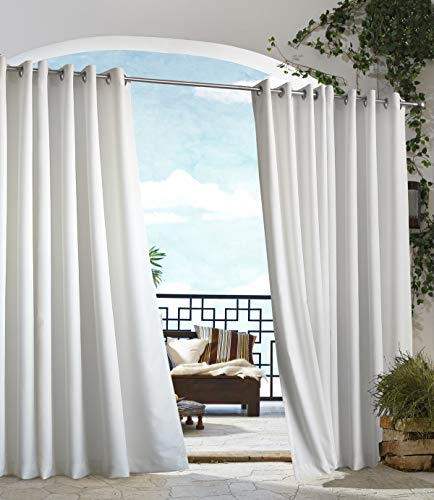These are the dog days of summer, a time of year when creeks run dry, the air stands still and the sun beats down relentlessly, day after day, or so it seems.
These are the days when we rediscover shade, pools, and the contents of our freezers. Cooling off becomes an obsession.
Over-heated hounds do lounge beneath porches and trees on hot afternoons, but it is not for them that "dog days" were named. Instead, this parching period pertains to Sirius, the "Dog Star," which rises and sets with the sun from mid-July until September. Sirius is also called "The Scorching One." Its lurid presence on the horizon evokes desperate memories of withered crops, raging wildfires and infernal droughts.
The Dog Star over the Northern Hemisphere corresponds with the days of highest temperatures in these climes. August brings "the great scourge of days canicular," wrote the poet Dante, a time of terrible heat that causes "fever in men and madness in dogs."
I remember Augusts in the Midwest and Mid-Atlantic states: 90 degrees and 90 percent humidity. For a person from the arid West, it was like living in a sauna. Without air conditioning, I don't know how I would have survived. I doubt I ever would have slept at night.
But people survived dog days before electric air conditioning, and quite comfortably, thankyou. Their cooling methods were simple, but well proven, like planting trees on the east and west flanks of a home, and carefully placing windows so they are shaded from the full force of the sun.
Dog days have inspired thousands of inventions, from fans and ice cubes to convertibles and matinee movies.
In ancient Persia, someone invented draft towers. These are tall chimney-shaped columns that rise up through a building. Water is pumped to the top of the tower and sprayed in a fine mist -- pssst, pssst -- at the opening. The mist evaporates immediately in the hot sun, of course, and the cold air from that evaporation drops down the tower and comes out vents inside, just like an air conditioner.
In modern-day Miami, I've heard of homes built with roof ponds. The pool of water soaks up solar heat during the day that would otherwise cook the building. At night, evaporation and radiation from the pond helps cool things down.
My own summers are a often a time of relentless experimentation and refinement. I get by without central air, so I'm forever tinkering with household shading and air flow, seeking the optimum conditions for cooling:
What will happen if I open the basement windows and close off the upstairs? Will it make a difference where I place the fans? How about a west side awning for extra shade?
I've discovered, or re-discovered, the "stack effect" in ventilation. Since hot air rises over cool, the cooler air will be found in the lowest and shadiest corners of a home. Cracking open a low, shady-side window and a high, sunny-side vent will encourage the warmer air to rise up and out of the house while drawing cooler air inside.
And when there's a breeze outdoors it's a good strategy to open a low-lying window facing the wind and an upstairs window on the opposite side. This gets air moving through the house, sometimes at a pretty good clip.
It would be easier to turn on an air conditioner, I suppose, than to trim my windows to catch a breeze or adjust blinds and awnings to provide more shade. But I would rather be an active participant in summer than a passive prisoner in an electrically chilled box. And besides, its cheaper.


